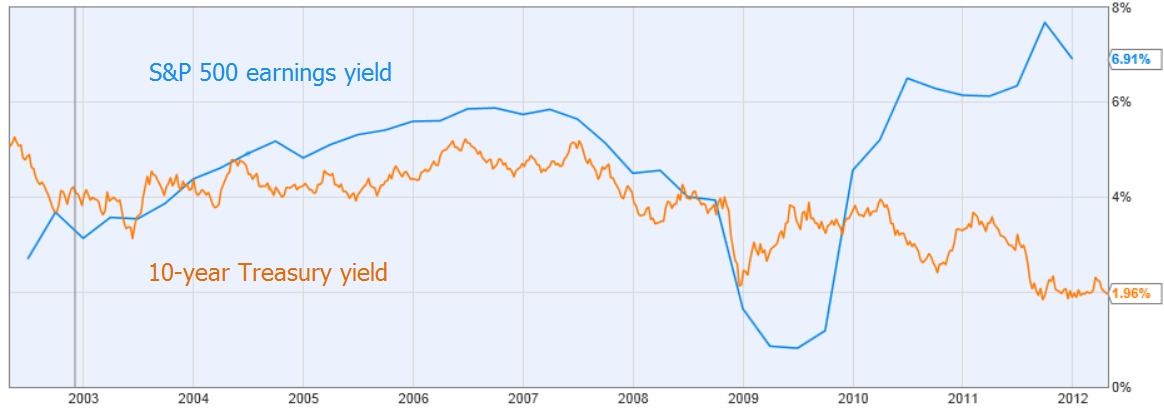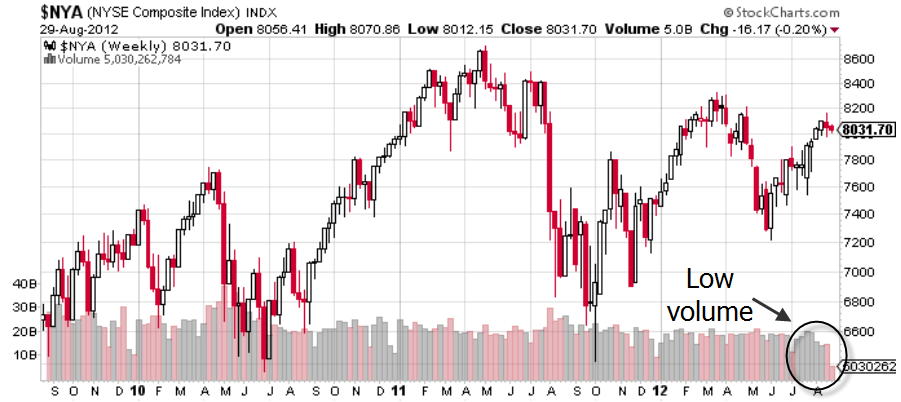By Jeremy Schwartz, CFA, Executive Vice President, Global Head of Research, WisdomTree
On a recent “Behind the Markets” podcast, Liqian Ren and I spoke with Wes Gray, CEO of Alpha Architect, about the Democratize Quant Conference, which is coming up this week.
Later, we were joined by Gaurav Sinha, Associate Director of Asset Allocation and Modern Alpha™ at WisdomTree, to talk about India and asset allocation. Jay Hatfield, CEO of InfraCap, discussed his outlook on the master limited partnership (MLP) space.

Quant Conference
Gray organizes the Democratize Quant Conference, which will take place at Villanova University this week. Some of the industry’s leading quantitative finance practitioners will be in attendance, discussing theories being applied by quants in the market today.
The goal of Democratize Quant is to promote discourse in order to inspire new ways of thinking and differentiate itself from most conferences, where speakers simply pitch their products.
India’s Elections
Sinha recently returned from a trip to his native country, India. He noted the remarkable jumps in economic growth he’s witnessed on each sequential visit to India that he has made since moving to the United States in 2008.
He believes the country’s upcoming elections will be the biggest in history, as they will not only cost $7 billion but will also help determine the outlook on India’s long-term growth. Sinha is optimistic about India’s direction after the country recently overcame a down period in emerging markets.
Quantifying Allocation
Sinha also explained a risk-on/risk-off asset allocation model that he has spent a great deal of time researching. The model is based on the link between highly correlated assets portending a correction that feeds into high volatility in the following months.
Over the past year, this was seen most notably in the fourth quarter of 2018. The base of this model is to identify unusual spikes in correlation that will determine whether investors should be bullish or bearish.
Sinha described this as an attempt to quantify tactical or high-frequency asset allocation decisions that one could further refine with a qualitative overlay.
InfraCap Focus
InfraCap has mutual fund, hedge fund and MLP units, and it focuses on income strategies. The discussion focused on the MLP business at InfraCap and Hatfield’s outlook on the oil market.
Hatfield is bullish as he believes the curbed Organization of the Petroleum Exporting Countries (OPEC) output and industry tend to do well during “driving season,”—typically, the second and third quarters.
Although Hatfield suggests investing in MLP due to undervaluation and tax advantages, investors should undersize their allocation. For example, if an investor has 5% in utilities, Hatfield often suggests 2.5% in MLPs because of their volatility levels.
Hatfield went on to describe optimism about preferred high-income debt, particularly in the real estate investment trust (REIT), MLP and mortgage spaces. These instruments generally have favorable spreads that are above their actual intrinsic credit risk, in Hatfield’s view.Listen to the full conversation with Gray, Sinha and Hatfield below.
Versions of this article first appeared on the WisdomTree blog on March 19 and SeekingAlpha on March 20.
Photo Credit: Tarun Kumar via Flickr Creative Commons
Disclosure: Certain of the information contained in this article is based upon forward-looking statements, information and opinions, including descriptions of anticipated market changes and expectations of future activity. WisdomTree believes that such statements, information, and opinions are based upon reasonable estimates and assumptions. However, forward-looking statements, information and opinions are inherently uncertain and actual events or results may differ materially from those reflected in the forward-looking statements. Therefore, undue reliance should not be placed on such forward-looking statements, information and opinions.
About the Author: Jeremy Schwartz, CFA, Director of Research, WisdomTree Asset Management is responsible for the WisdomTree equity index construction process and oversees research across the WisdomTree family. Prior to joining WisdomTree, Jeremy was Professor Jeremy Siegel’s head research assistant and helped with the research and writing of Stocks for the Long Run and The Future for Investors. He is also co-author of the Financial Analysts Journal paper “What Happened to the Original Stocks in the S&P 500?” Jeremy is a graduate of The Wharton School of the University of Pennsylvania and currently stays involved with Wharton by hosting the Wharton Business Radio program “Behind the Markets” on SiriusXM 111.



